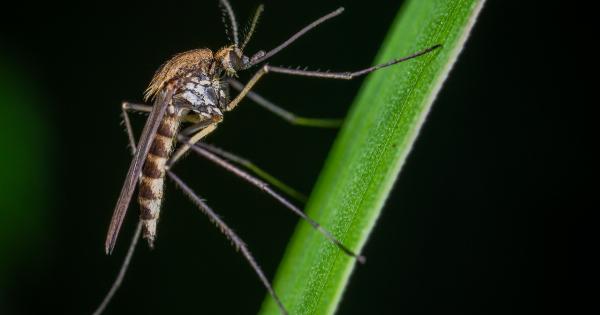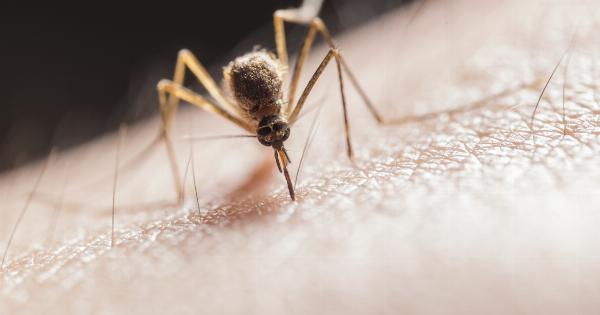Scientists have made a groundbreaking breakthrough in the battle against dengue fever by creating genetically modified mosquitoes.
These altered insects are resistant to the dengue virus, potentially saving countless lives and lessening the burden on healthcare systems worldwide. Gene-editing technology allows for precise modifications to an organism’s DNA, enabling scientists to edit out specific genes associated with susceptibility to dengue.
The global impact of dengue fever
Dengue fever, caused by the dengue virus transmitted through infected mosquitoes, affects millions of people worldwide.
The World Health Organization (WHO) estimates that around 400 million dengue infections occur annually, with approximately half of the world’s population at risk of contracting the illness. Severe cases of dengue can result in dengue hemorrhagic fever, a potentially fatal condition.
Traditional methods of dengue control
Efforts to combat the spread of dengue fever typically involve controlling mosquito populations. This includes initiatives like the use of insecticides and repellents, as well as community education on eliminating breeding sites for mosquitoes.
While these methods have had some success, they are not foolproof and can be difficult to sustain in the long term.
The potential of gene-editing in mosquito control
Gene-editing technologies, such as CRISPR-Cas9, have opened up new possibilities in the field of mosquito control.
By targeting specific genes associated with dengue susceptibility, scientists have been able to create genetically modified mosquitoes that are resistant to the virus. This breakthrough could significantly reduce dengue transmission rates and alleviate the burden on healthcare systems.
The role of the Aedes aegypti mosquito
The Aedes aegypti mosquito is the primary vector for transmitting the dengue virus to humans. It is responsible for the majority of dengue infections worldwide.
By targeting this specific mosquito species and modifying its DNA, researchers are aiming to disrupt the transmission cycle and reduce dengue transmission rates.
Understanding gene-editing techniques
Gene-editing techniques, such as CRISPR-Cas9, allow scientists to make precise modifications to an organism’s DNA.
This revolutionary technology enables researchers to edit out or modify specific genes associated with dengue susceptibility in mosquitoes. By targeting these genes, scientists can create mosquitoes that are highly resistant to the dengue virus.
Ensuring mosquito safety and efficacy
Before genetically modified mosquitoes can be released into the wild, extensive research and testing must be conducted to ensure their safety and efficacy.
Scientists need to study the impact of these modified mosquitoes on the environment, as well as their ability to effectively suppress the dengue virus.
Challenges and ethical considerations
While gene-editing technology shows immense promise in combating dengue fever, there are also ethical and societal considerations to be addressed.
The release of genetically modified mosquitoes raises questions about the potential unintended consequences on ecosystems and biodiversity. Public opinion and regulatory frameworks will play crucial roles in determining the future of this technology.
Collaborative efforts to combat dengue
The fight against dengue requires global collaboration and coordination. Governments, scientists, and international organizations need to work together to address the challenges posed by dengue and explore innovative solutions.
Gene-editing offers a promising avenue for controlling mosquito populations and reducing the incidence of dengue fever.
The future of dengue control
While gene-editing is still in its early stages of development for mosquito control, the progress made so far is promising.
As research and technology continue to advance, genetically modified mosquitoes could become a powerful tool in the fight against dengue. However, it is crucial to approach this technology with caution, taking into account potential risks and ensuring adequate oversight and regulation.



























